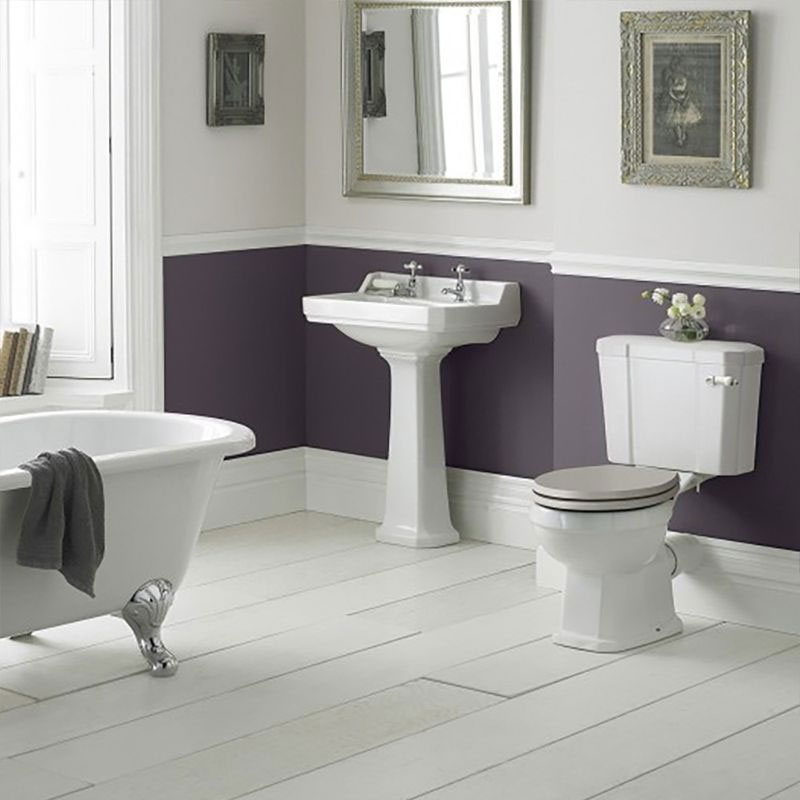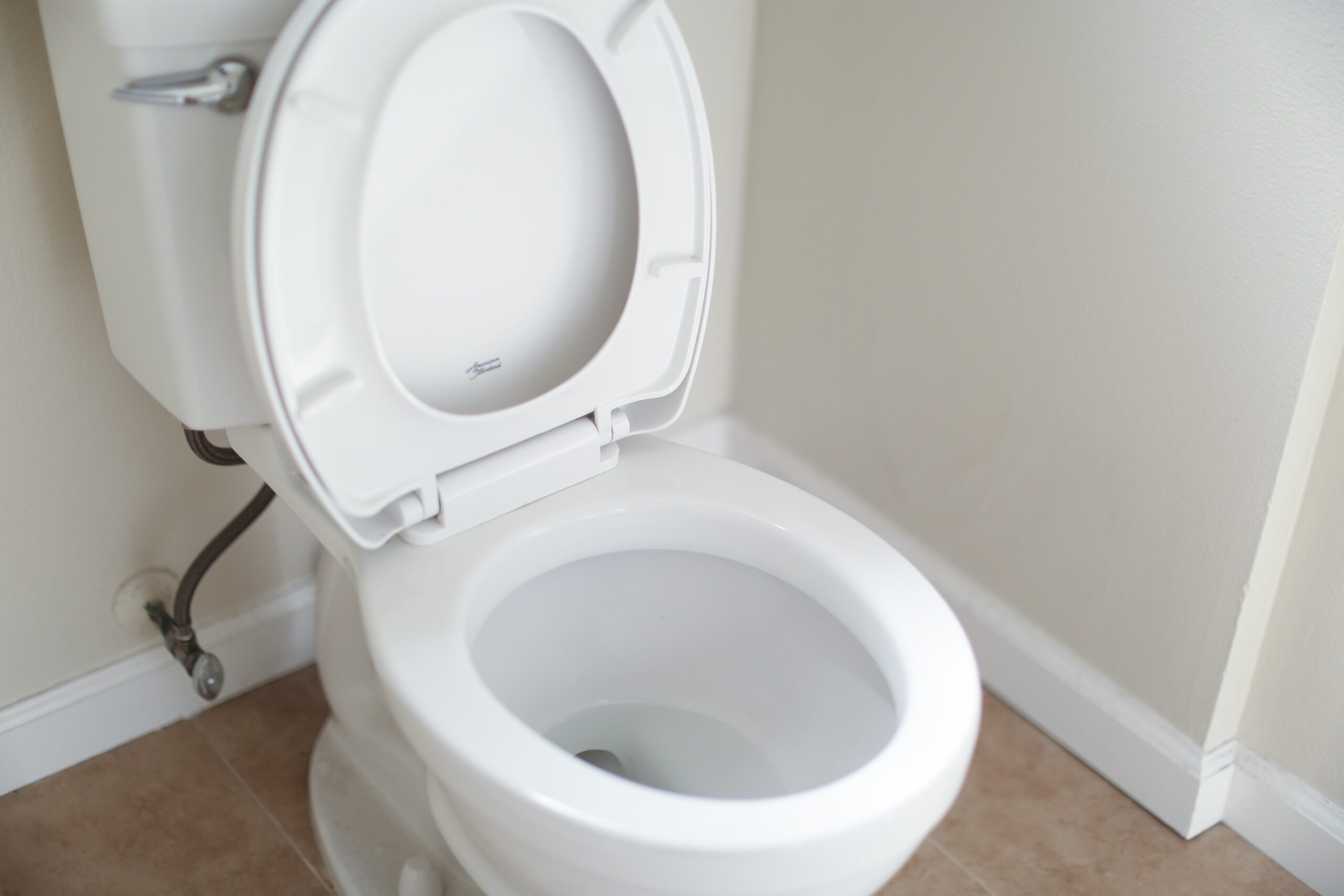If you find yourself stuck with a dripping toilet cistern, it can lead to pools of water forming on your bathroom floor. Worse still, this can be a huge waste of water and negatively affect your water bills. So, how do you fix a leaking toilet cistern? With our guide, you’ll find out some of the causes and how to deal with them to ensure the damage does not get worse as soon as possible.
Table of contents
Firstly, what is a toilet cistern?
Toilet cistern is an industry term for the tank on top of the toilet where the water and flushing system sits. Sometimes these are concealed cisterns and other times standard or low-level cisterns. Whichever is in your home, they play a key role as a container of your flushing mechanism.
With this importance to the toilet, you must fix the dripping cistern as soon as possible. Additionally, water leaking from toilet cistern tanks for too long can risk ruin to the walls and floors. Which won’t be pleasant if you’re dealing with damp smells in future.

My toilet cistern is leaking, what can I do?
Your first port of call is to identify where the toilet cistern keeps leaking. If the leak is near the bowl or the tank centre, this could be a leak via the bolt gasket. Alternatively, if the leak is from the connection for the supply hose, this could be a stripped coupling issue or another type of poor-quality gasket.
Now I know why my cistern is leaking, how do I fix it?
If the damage isn’t severe, you can likely fix it with DIY expertise. So, if you have a cistern leaking water, here are your steps to finding and fixing the issue as soon as possible.
What you will need
- Wrench
- New coupling rubber seal(s)
- Steel wool
- PTFE tape or plumber’s paste
- New bolt(s)
Step one: Turn off the water supply.
Turn off the water supply to the toilet via the valve. This is typically located on the wall behind the toilet or the floor beneath it. On the end of the valve should be a dial. Turn this clockwise until the supply stops.
Tip: Use a wrench if you struggle to turn the switch by hand.
Step two: Remove the top of the tank and inspect the coupling.
Take the top of the tank off the system and flush the toilet until this is empty. Then identify the coupling, usually connected to the supply line or cistern pipe, to loosen it. If the seal for this coupling is worn, common with long-term use, replace this with a seal with the same specifications.
Step three: Inspect the supply inlet threads.
If the threads are dirty, gently remove these deposits using steel wool to scrub away grime. If damaged, wrap these threads in plumbers tape (also known as PTFE tape) or cover it in plumber’s paste, then re-attach the coupling. During this inspection, make checks every so often to ensure the tape is stable or if the threads need re-wrapping. If you find the leak is not coming from the coupling seal or other parts connected in this step and the issue is still present, move to step four.
Step four: Dealing with the tank and components.
If prior steps did not help the issue, there may be a problem with the tank itself. In this case, disconnect the supply line and, as in step two, loosen the coupling connecting the tank to the supply pipe. Then locate the underside of the tank and loosen the nuts with a wrench. Examine the bolts and seals to see if any damage is apparent. If so, these will need replacing as this is a potential cause for the leak. Following these repairs, you can put the top of the tank back on. Make sure to tighten the coupling and turn the water supply valve back on to test.
These are common issues that could be occurring with your tank. If you follow the steps and still find the toilet cistern keeps dripping, contact a plumber as the issue could be more severe. Including the possibility of a badly affected supply line, a leaking cistern pipe or even an issue with the toilet.

Want to find out more about bathroom repairs? You can check out our other help and advice for a variety of product and project guidance.






